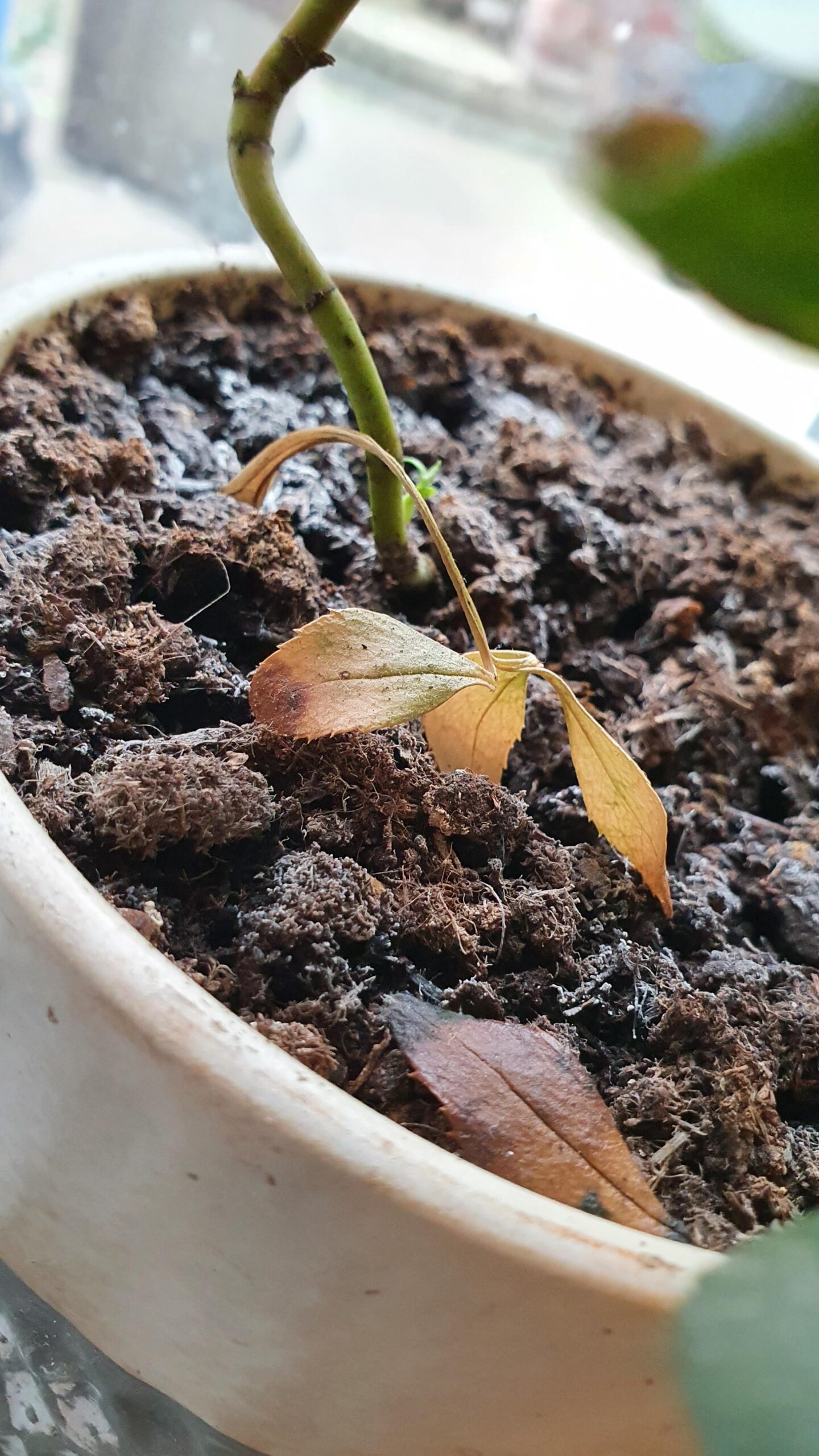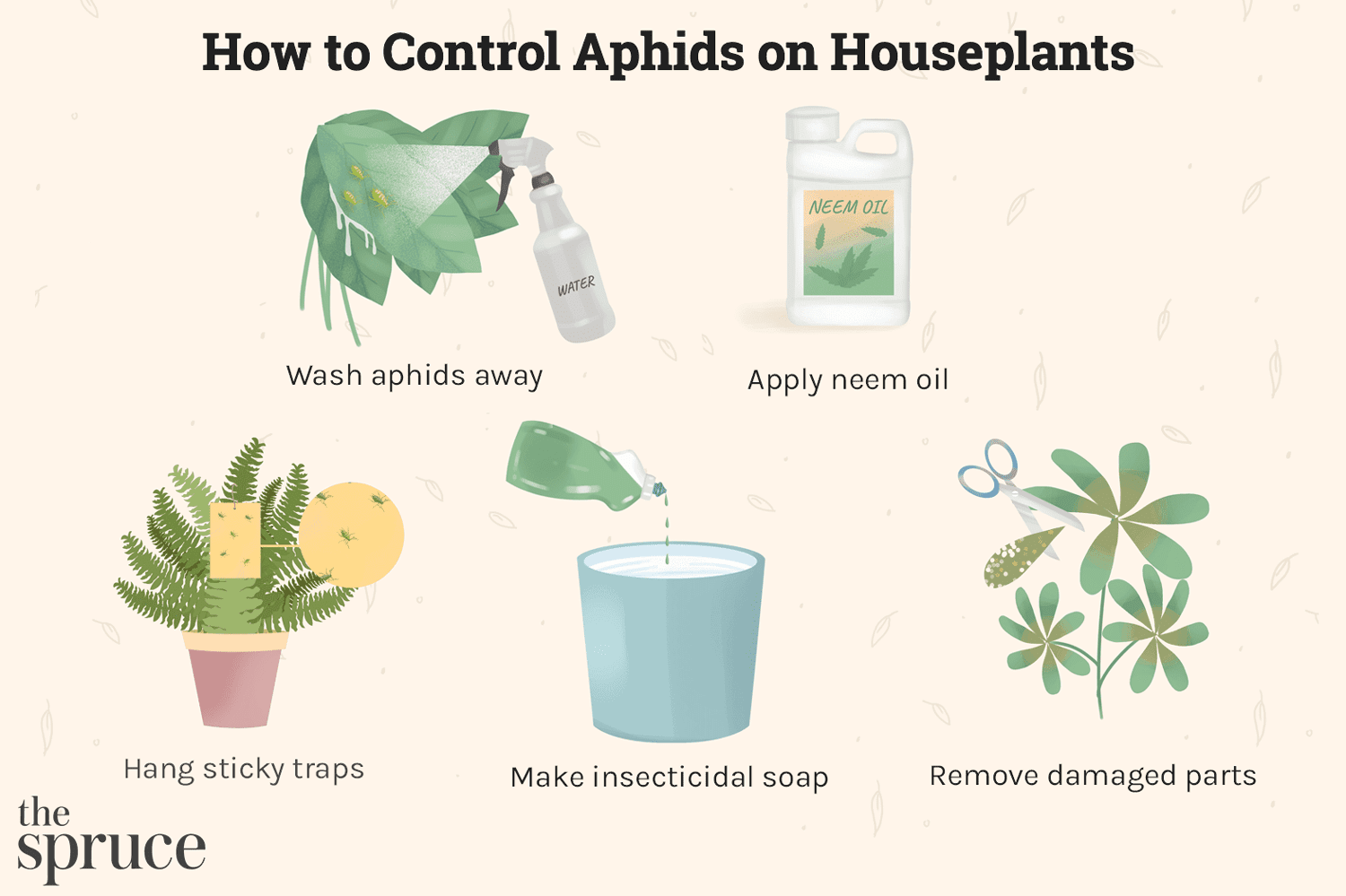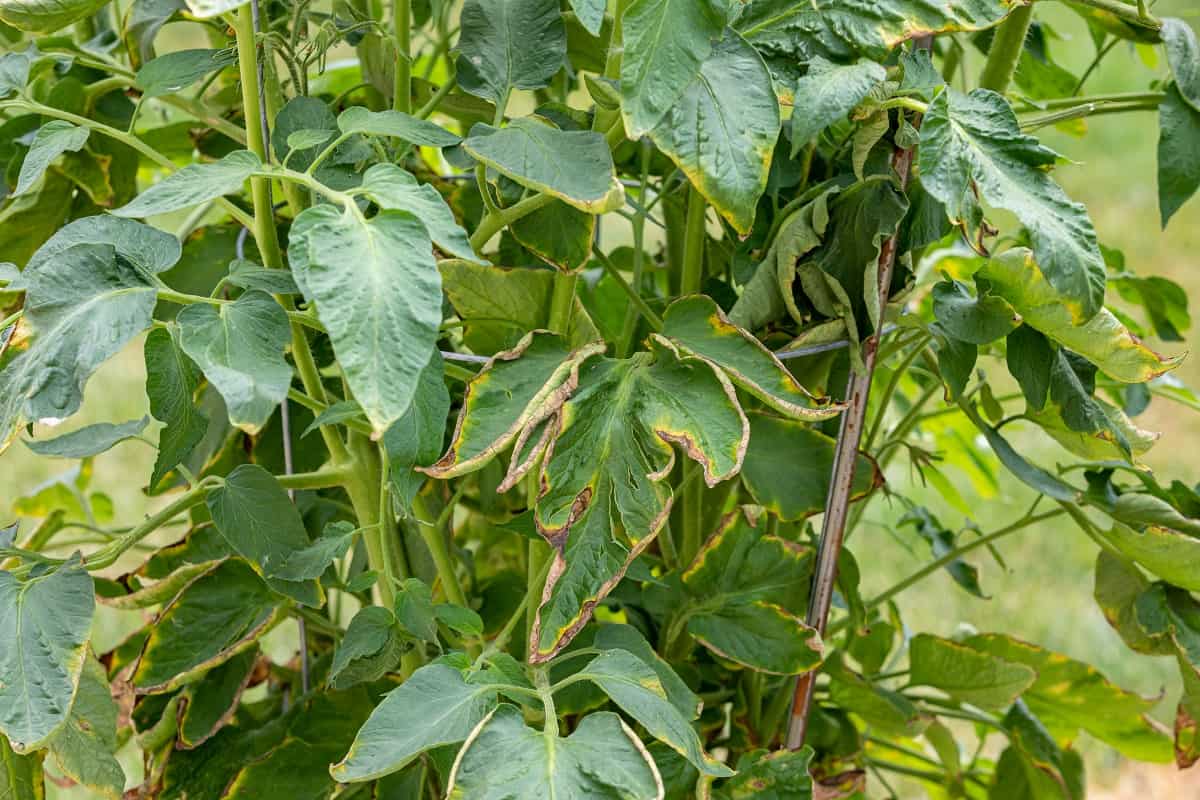Why does my plant look wilted after watering?
So you just watered your beloved plant, expecting it to thrive and flourish, but instead, it looks all sad and wilted. You’re probably wondering, “What did I do wrong?” Well, don’t worry, we’ve got you covered! Let’s explore some reasons why your plant might look wilted after watering.
Overwatering
One of the most common reasons plants look wilted after watering is overwatering. While plants need water to survive, too much of it can actually suffocate the roots, preventing them from receiving the necessary oxygen. This can lead to root rot, which in turn causes the plant to wilt. Make sure you’re watering your plant according to its specific needs and that the soil has proper drainage.
Underwatering
On the flip side, underwatering can also cause your plant to wilt after watering. If a plant doesn’t receive enough water, its leaves can lose turgor pressure, causing them to wilt. Make sure you’re watering your plant thoroughly and consistently, especially during hot weather or if it’s a plant that requires more moisture.
Improper Light
Plants need light to perform photosynthesis and thrive. If your plant is not receiving enough light, it may struggle to absorb water and nutrients, leading to wilting. Make sure your plant is placed in a location with the appropriate amount of light for its specific needs. If necessary, consider supplementing with artificial light.
Nutrient Deficiency
Plants require a variety of nutrients to grow and stay healthy. If your plant is lacking essential nutrients like nitrogen, phosphorus, or potassium, it may not be able to absorb water properly, causing it to wilt. Consider using a balanced fertilizer to ensure your plant has all the nutrients it needs to thrive.
Disease or Pest Infestation
In some cases, wilting may be a sign of disease or pest infestation. Diseases like fusarium wilt or pests like aphids can damage a plant’s vascular system, preventing it from absorbing water effectively. If you suspect your plant is suffering from disease or pests, take action promptly to prevent further damage.
Temperature Stress
Extreme temperatures, whether hot or cold, can stress plants and cause them to wilt. Make sure your plant is not exposed to drafts, direct sunlight, or harsh temperatures that could be affecting its health. Consider moving your plant to a more suitable location to help it recover.
Transplant Shock
If you recently repotted or transplanted your plant, it may be experiencing transplant shock, causing it to wilt temporarily. This is a common occurrence as plants adjust to their new environment and recover from the stress of transplanting. Make sure to give your plant some time to acclimate and provide proper care during this transition period.
Dehydration
Lastly, dehydration can also cause plants to wilt after watering. If your plant has been neglected and not watered for an extended period, it may struggle to recover even after being watered. Make sure to hydrate your plant thoroughly and slowly to help it regain turgor pressure and bounce back to health.
So there you have it! These are some common reasons why your plant might look wilted after watering. By identifying the underlying cause and taking the appropriate action, you can help your plant get back to its healthy and vibrant self in no time. Remember, plants are living beings that require care and attention, so be sure to listen to what they’re telling you and adjust your care routine accordingly. Happy gardening!



